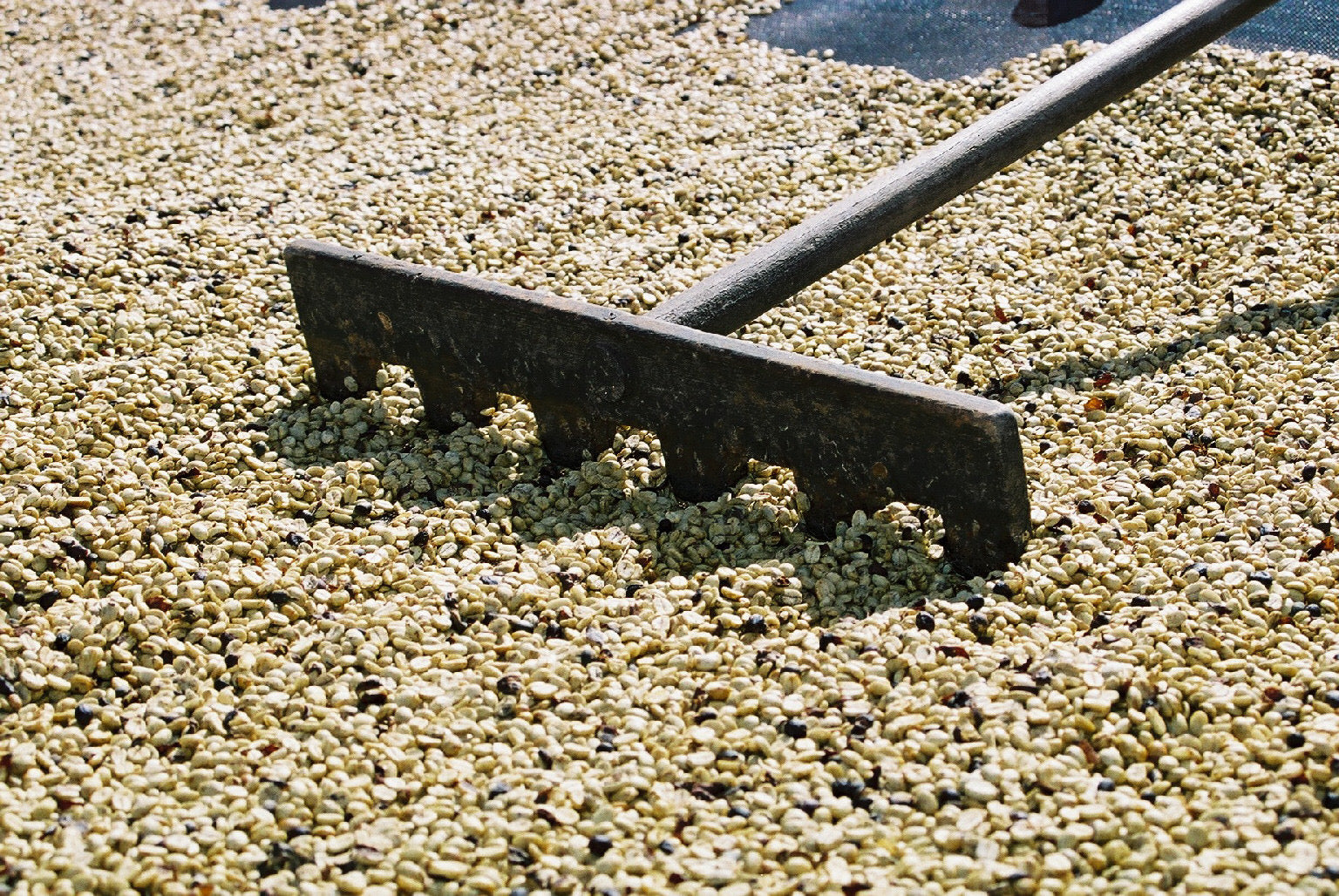Written by Martin Bazylewich
The specialty coffee world loves acidity when it comes to coffee. Unfortunately, acidity as used by specialty coffee professionals means something slightly different from what most consumers think of when they hear the term. This addition to the Mogiana Coffee Blog hopes to clear up some of the misunderstanding and misconceptions surrounding ‘acidity’.
To most, acidity conjures up an unpleasant connotation. The term usually gets associated with foods that cause hyper-acidity which is the bane of those suffering from acid reflux. It also conjures up visions of toxicity – like battery acid or other acids that are excessively strong and perhaps dangerous.
To those in the specialty coffee industry acidity refers to none of those unpleasant characteristics mentioned above. In fact, acidity is something often revered by coffee traders and aficionados. Acidity in the specialty coffee world is a good attribute! Usually referred to as ‘brightness’, acidity is related to that tangy mouth-feel one gets from certain coffees that are usually roasted on the lighter side. Acidity in this sense refers to flavours such as berry, fruits or citrus – those that often activate the taste receptors on the sides and tip of your tongue.
The desirable acidic characteristics coffee professionals look for can be broken down into several specific kinds of pleasant acids – acetic, citric, malic and tartaric.
Acetic acids are those that taste like good vinegars – balsamic, for instance. Citric are, as you might guess, citrusy. Malic acids can be thought of as similar to that taste of apples – the Granny Smith comes to mind! Finally, Tartaric acids are often grape-like, similar to the refreshing tartness of a green grape. Coffee roasters often work hard to coax out these flavours because they can showcase the distinctness of the coffee, which might be lost entirely once a roast goes darker.
Low acidity, by contrast, refers to coffees that are usually roasted at a darker profile. Customers who prefer deep, chocolaty notes; caramel like flavours; even smokey and tobacco like tastes – should focus on coffees that are considered ‘dark roast’. These coffees are roasted longer, which ultimately means more caramelization of sugars and hence less ‘brightness’. These coffees will often be labeled ‘low acidity’.
So, if you are the kind of person who appreciates more lively coffee, then ‘high acidity’ is what you are after. Those who love balsamic vinegar, tropical and citrus fruits, and the tangy sensation one gets when all of your taste buds get activated should reach for high acidity coffees and lighter roasts..
Hopefully this short post clears up some of the misconceptions that arise when ‘acidity’ is discussed as it pertains to coffee. Every individual has a preferred roast profile – from light to medium to dark. We simply hope you find roasts that you truly enjoy and that talk of ‘acidity’ doesn’t get in the way of you finding the coffee you love most!


